Adaptations
Adaptations are special characteristics or behaviors that help a plant or animal survive in its environment. These traits have developed over time through the process of natural selection, where organisms that have beneficial adaptations are more likely to survive and reproduce.
Types of Adaptations
There are two main types of adaptations: structural and behavioral.
Structural Adaptations
Structural adaptations are physical features of an organism that help it survive. Examples include:
- Camouflage: coloration that helps an animal blend in with its surroundings
- Sharp claws: used for hunting or defense
- Thick fur or blubber: insulation for cold environments
- Long beaks: for accessing nectar or catching prey
Behavioral Adaptations
Behavioral adaptations are actions that organisms take to increase their chances of survival. Examples include:
- Migration: moving to a different location based on the seasons
- Hibernation: a state of inactivity and lowered metabolic rate during winter
- Communication: using sounds or body language to interact with others
- Cooperation: working together in a group to find food or defend against predators
Study Guide
Here are some key points to remember about adaptations:
- Adaptations are special characteristics or behaviors that help organisms survive in their environment.
- Structural adaptations are physical features, while behavioral adaptations are actions.
- Examples of structural adaptations include camouflage and sharp claws, while examples of behavioral adaptations include migration and hibernation.
- These adaptations have developed over time through the process of natural selection.
Now that you understand the concept of adaptations, you can explore specific examples in different organisms and ecosystems to see how these traits help them thrive in their environments.
[Adaptations] Related Worksheets and Study Guides:
.◂Science Worksheets and Study Guides Kindergarten. Weather

 Coloring Worksheet
Coloring Worksheet
 Coloring Worksheet
Coloring Worksheet
 Coloring Worksheet
Coloring Worksheet
 Coloring Worksheet
Coloring Worksheet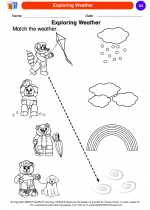
 Coloring Worksheet
Coloring Worksheet
 Coloring Worksheet
Coloring Worksheet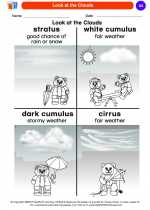
 Coloring Worksheet
Coloring Worksheet
 Coloring Worksheet
Coloring Worksheet
 Coloring Worksheet
Coloring Worksheet
 Coloring Worksheet
Coloring Worksheet
 Coloring Worksheet
Coloring Worksheet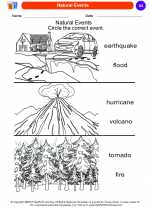
 Coloring Worksheet
Coloring Worksheet
 Coloring Worksheet
Coloring Worksheet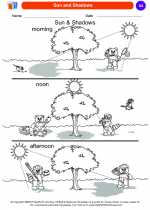
 Coloring Worksheet
Coloring Worksheet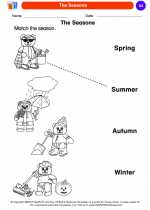
 Coloring Worksheet
Coloring Worksheet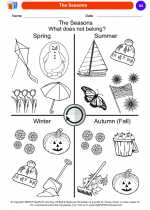
 Coloring Worksheet
Coloring Worksheet
 Coloring Worksheet
Coloring Worksheet
 Coloring Worksheet
Coloring Worksheet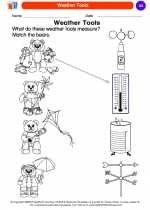
 Coloring Worksheet
Coloring Worksheet
